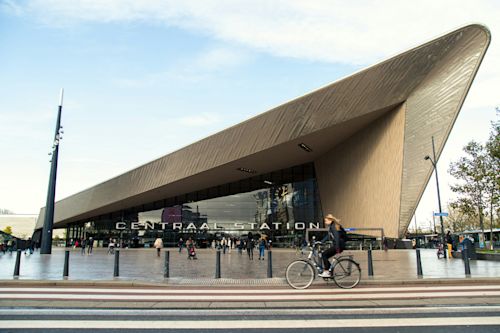
dormakaba Editorial Team

Stephanie Ossenbach
Stephanie is an environmental scientist and responsible for driving the sustainability strategy at dormakaba. With her many years of experience, she is committed to the continuous improvement of social and environmental management and how the company contributes to the UN Sustainable Development Goals.
Related articles

Architecture
Traveling Through Architecture: The World’s Most Fascinating Train Stations

Architecture
Hotelification, a Raging Trend in Workspace Design
Among the most innovative trends shaping office design is the concept of hotelification. It is revolutionizing how we conceive the workplace.

Architecture
The Symbolism of Dogs in Architectural Practices: More Than Just a Pet
More and more practices are proudly introducing their “Barkitects” (yes, that’s a thing now!). These furry team members serve as unofficial well-being ambassadors, bringing warmth and balance to a fast-paced industry.